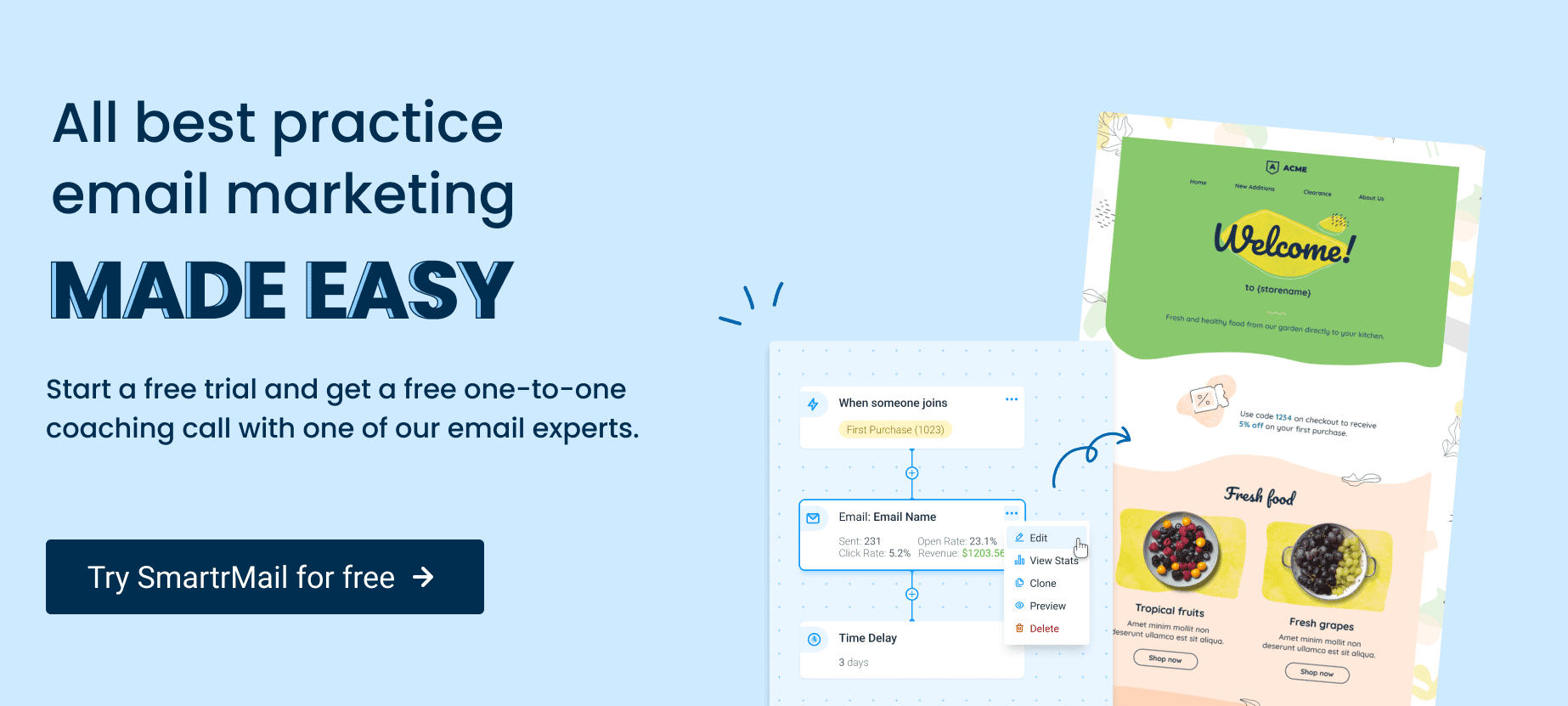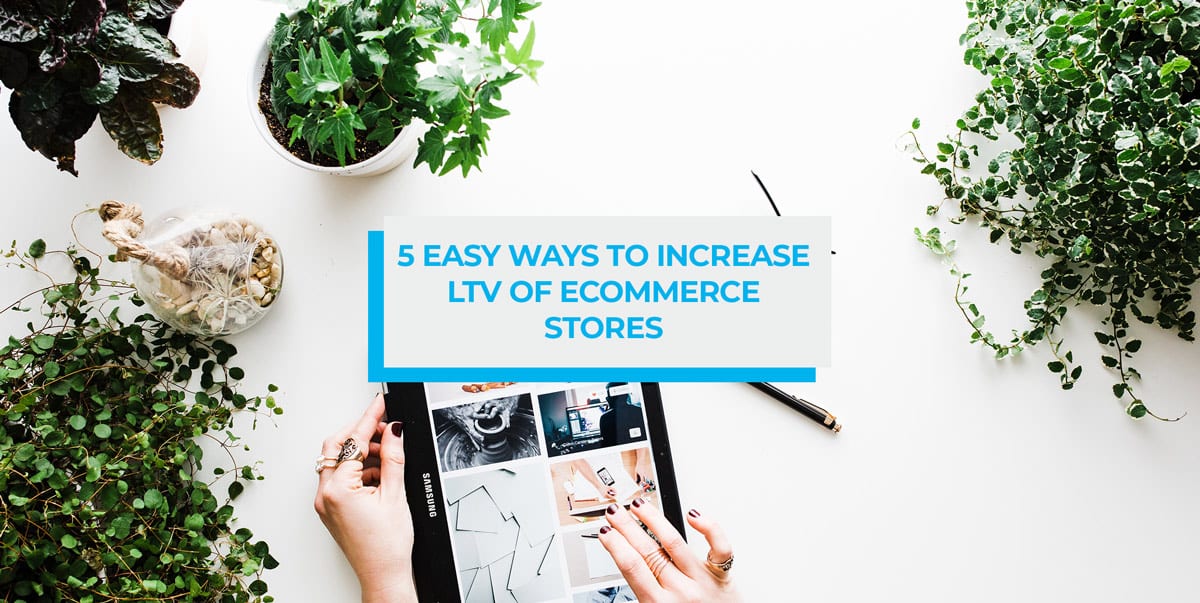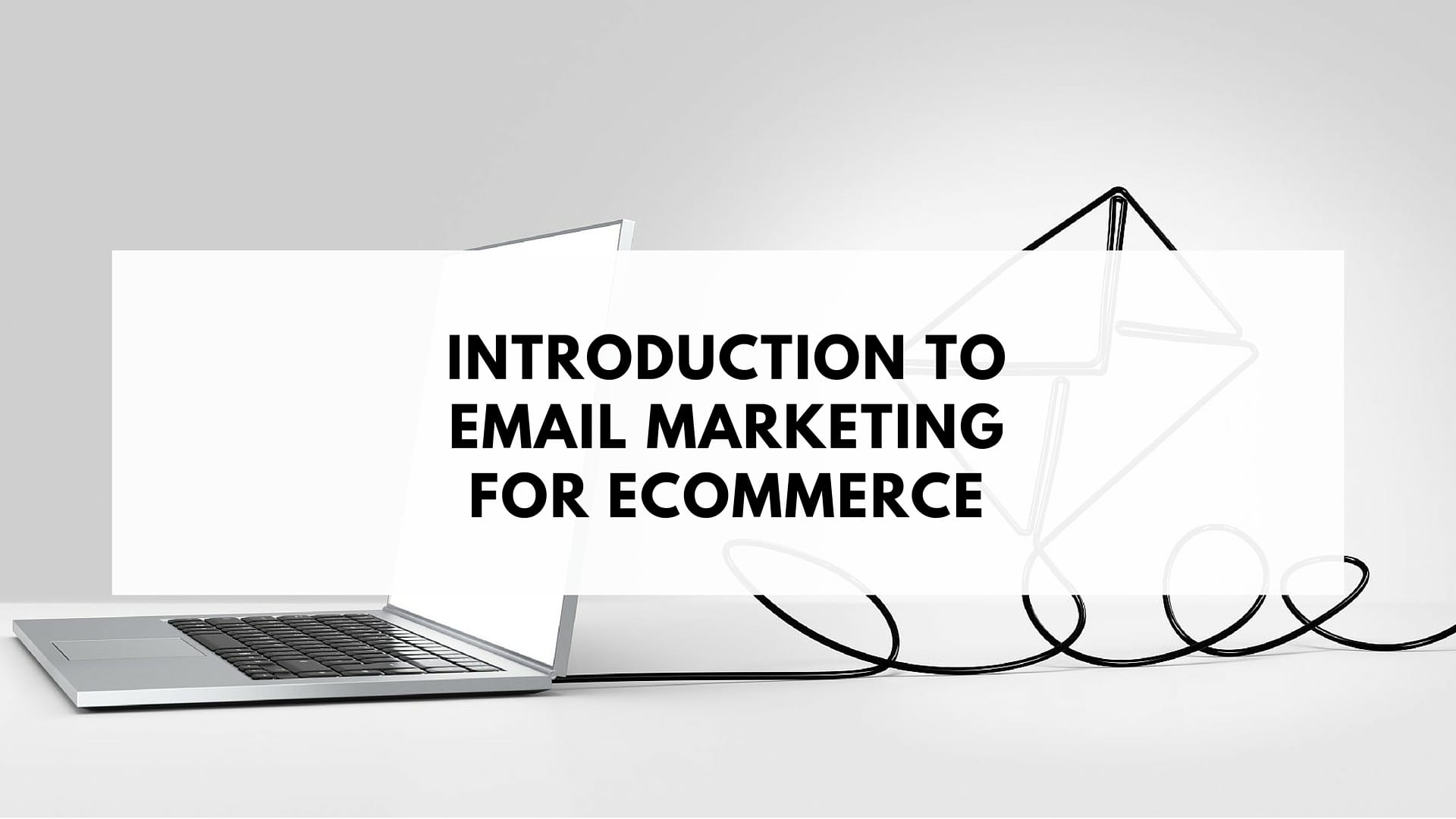According to the already well-known Internet marketer Neil Patel, the analysis of ecommerce business can be carried out on the basis of many metrics but the most important is LTV (Lifetime Value, the value of the customer’s life cycle). This is reflected in the profit that consumers make over the time they use a company’s services. For example, if an average customer spends $300 a year for 3 years, the value of the customer cycle will be $900.
Here are 5 tips on how to optimize LTV in e-commerce, based on Neil’s advice.
First of all, we will find out why the above-mentioned metrics are so important.
LTV is the best derived metrics for the analysis of both online stores and SaaS.
This indicator is much more significant than the rest, because, unlike other KPI indices which are affected by unstable changes in the type of seasonal demand fluctuations, it focuses on long-term value. Therefore, LTV, reflecting the final level of income, achieved under the influence of both positive (e.g., an increase in organic traffic) and negative (a decrease in the conversion rate) changes, allows an overall balanced estimation of the business effectiveness.
Avinash Kaushik, one of the leading marketers and web analysts, is a huge fan of LTV. He believes that the computation of this indicator influences the success, identifying consumers who create value for the company and solving future problems in the current period.
LTV affects all aspects of the business.
Consumer lifecycle
- Branding and business awareness.
- Interest and consideration of the purchase.
- Evaluation and comparison.
- Making a deal.
- Loyalty.
What does this cycle include in terms of business? Marketing, strategy, attracting the attention of the audience, user experience, development, product, customer service, decision making, sales, PPC-campaigns – almost everything that makes eCommerce-business viable.
The conclusion is simple: LTV affects most aspects of the business.
Increased LTV = increased profits
According to the”Marketing Metrics” book, the probability of selling to a potential client is 5-20% and 60-70% to a current one. Therefore, the focus on existing clients (their life cycle values) is the focus on the strategy which brings more net income.
Let’s check an excerpt from one of the BigCommerce (a platform for creating online stores) articles:
“To increase profits, it is important to involve current customers in repeat transactions. This means that your outflow must be so low that attracted customers are constantly making purchases. A low outflow rate is a high LTV and a more viable business in general.”
After reviewing LTV in more detail, let’s consider ways to increase this indicator.
1. Effective Email Newsletters
This well-known practice is effective in optimizing LTV for two main reasons:
- Firstly, the newsletter focuses your customers’ attention on your brand. Consumers simply will not be able to forget what they see regularly. The more attention they give to your business, the higher the likelihood of a repeat purchase.
- Secondly, there is a possibility of segmentation – email, tagged to a specific customer segment, much more efficiently than a message addressed to a wide audience.
However, simply sending letters is not enough. To get the best result, follow these guidelines:
Send Valuable Newsletters
Probably, only junk emails hit the bucket as fast as boring newsletters. If you want to increase LTV, send interesting and useful emails to your recipients. People will always open such ones, no matter how often you send them.
Test Headlines
The best emails are those that start with an attractive headline. According to Patel, he increased the open rate of his newsletter by an impressive 203% with headline testing.
Send Regularly
The optimal frequency of sending emails does not exist, it all depends on the business and its target audience, but is determined by analyzing the ratio of opened emails, the CTR of links in the email, etc.
Keep in mind that the newsletter effectiveness is affected by the time during which the consumer is a subscriber – the longer a person is in the database, the fewer emails should be sent.

2. Build Interaction Points

Would you like to create an environment in which your marketing message will be constantly transmitted to customers? Imagine that your brand and message are omnipresent: consumers read your Twitter/Facebook and check your product photos on Instagram. Is it possible?
Of course. According to the description, this may be similar to multi-channel marketing (brand presence at all possible points of contact with the target audience), but don’t let corporate jargon push you away – by interacting with customers at all possible points, you influence their purchases, the information they are viewing and searching for, and, most importantly, gradually increase the maximum value of their life cycle.
The concept of multi-channel marketing is quite simple in theory but difficult in practice. Below is a basic way to increase LTV by creating multiple points of interaction with customers:
- Find out where your customers spend their time offline and online.
- Place your content/ad there.
- Attract the audience to interact with your brand.
The easiest way to use multi-channel marketing is by putting links to business pages in social networks on the resource:
A good example of this tool application is HubSpot (an inbound marketing cloud solution), whose marketers used the number of subscribers and social media pages as social evidence:
Be active wherever your customers are and attract them to the business. A little multi-channel magic will help you to increase the value of your life cycle.
Sign-up to our newsletter and receive a 30% discount on your first 6 months with SmartrMail
3. Develop a Subscription Model
The most effective way to increase LTV is to turn the product into a subscription service. This allows you to create a stable income flow and get customers who pay more and have a longer life cycle and higher value.
Let’s consider LTV eCommerce-business with a standard model.
At the best scenario, the value of the customer cycle will be $280.
For comparison, let’s get acquainted with the business of Birchbox (a service that delivers monthly personalized sets of cosmetic product samples), working on a subscription model.
Not only do Birchbox marketers generate $110 profit per subscriber per year, but they also receive customers who remain their clients for a longer period of time and, as a result, have a higher lifecycle value.
To sum up, the traditional eCommerce business attracts customers with unstable and unpredictable LTV, and the company offering subscription plans receives a stable, continuous, and increasing profit flow.
4. Upselling and Cross-Selling
Current customer upselling not only have a high chance of success (60-70%) but also increase LTV.
Neil presented a real example of how a tax reporting specialist has increased the value of his clients’ life cycle from $5,250 to $37,500 solely through upselling of additional services:
Ecommerce sales are like a gas pedal in a car – the harder you push, the faster you get to your destination. Of course, you’ll be able to reach your desired level of profit without upselling, but it will take longer.
The principles that ensure the efficiency of upselling for cloud business are relevant for any niche eCommerce.
Upselling and cross-selling bring much more profit than selling to potential buyers – all you have to do is put these techniques into practice, i.e. you have to involve your clients in repeated transactions and not expect them to do so.
5. Customer Service

According to a Harvard Business School report, a 5% increase in client retention rates translates into a 25-95% profit increase. It also follows that a higher retention rate increases the value of the life cycle, since the longer a customer remains a business client, the more profit is generated.
Is there a secret to effective customer retention? If yes, then it is probably known to the managers of Disney parks, who (according to HelpScout, a customer support service) have reached 70% of repeat visitor ratio (RVR).
Getting back from secrets to dry marketing, the reason for a high number of Disneyland repeat visitors is that park teams always work for customer satisfaction, following a philosophy of continuous and endless optimization. Satisfied customers = regular customers.
Patel presented several simple ways to increase LTV by providing quality customer service:
- Prioritize quality over quantity.
- Answer all customer calls and questions.
- Publish content to increase credibility.
- Scale customer problems to provide the most effective support.
- Be prepared to do more than you are expected to do.
- Demonstrate an understanding of consumer concerns.
- Communicate in a positive way (both by phone or email).
- Stimulate loyalty with discounts.
- Be patient with angry customers.
- Link product information to customer information.
- Never stop communicating with an irritated customer.
- Learn as much information as you can while communicating.
LTV is not only about increasing your income but about building relationships – those you’ve treated well will treat you well. The business value of satisfied customers is amazing.
Conclusion
There are many troubleshooting strategies, but they rarely talk about how to optimize LTV, one of the most important metrics of business performance.
Let’s briefly repeat the methods to convert ordinary customers into valuable and loyal business fans, which Neil Patel shared:
- Keep in touch with your customers by sending them quality newsletters.
- Engage with customers wherever they are present.
- Turn casual customers into regular ones with a subscription model.
- Practice upselling and cross-selling.
- Make quality customer service a priority.
Applying these recommendations in practice will certainly increase the value of the life cycle of your customers.
High conversions to you!
Author bio: Roy is a tech enthusiast, a loving father of twins, a program in a custom software company, editor in chief of TheHomeDweller.com greedy reader, and a gardener




